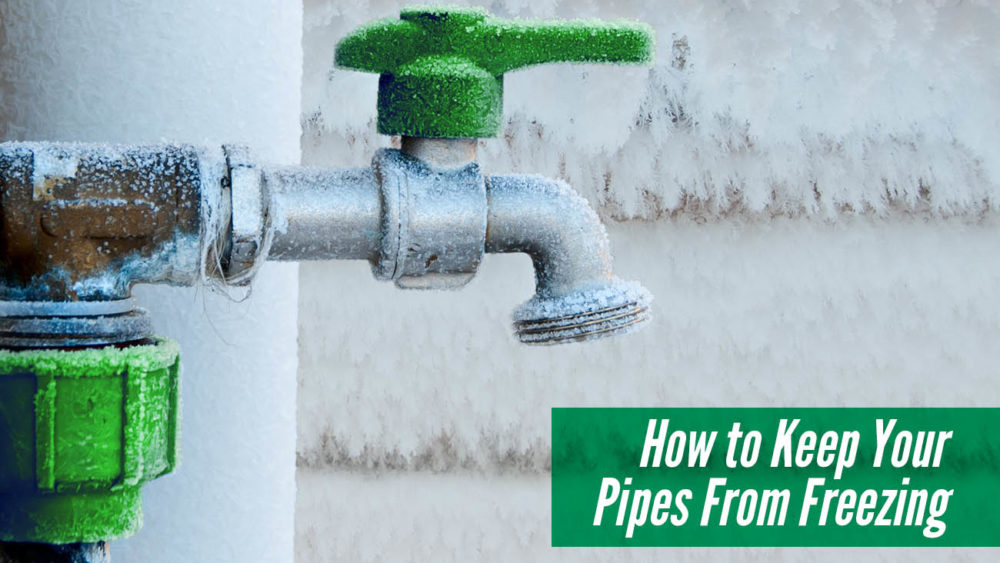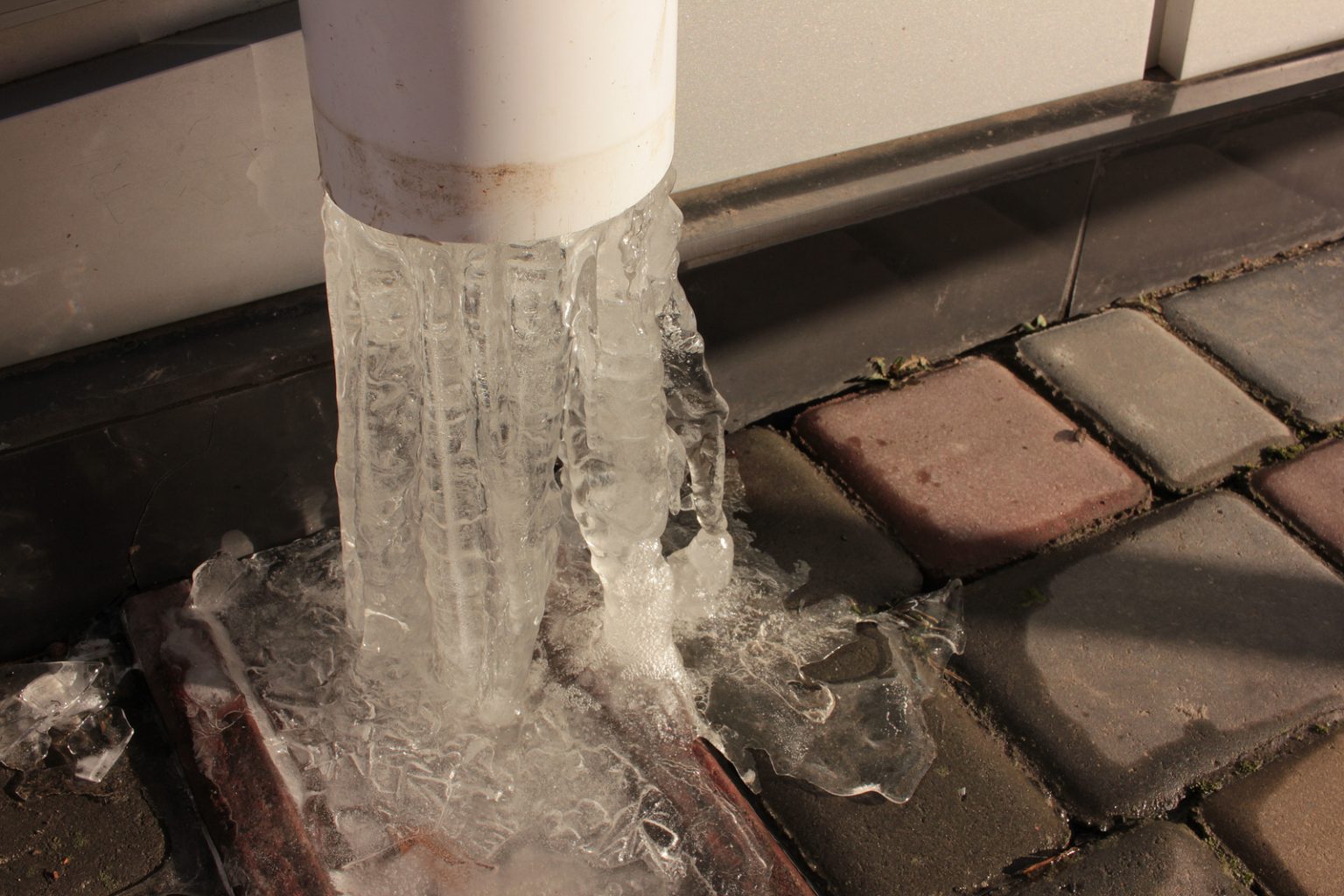Brilliant Info About How To Keep Outdoor Pipes From Freezing

The best way to prevent frozen pipes is to leave a steady trickle (not a full blast) running in at least one of your faucets overnight.
How to keep outdoor pipes from freezing. As freezing temps roll in, here's what to do to help prevent busted pipes! Leave the faucets running for a while for any of your faucets served by exposed pipes, letting the cold water drip from the faucet can help prevent freezing. Consider insulating all exposed pipes.
Keep the thermostat set to the same temperature both during the day and at night. Even before the temperatures drop, insulate your outdoor pipes to protect them from extreme cold. Insulate pipes insulate your pipes before chilly weather sets in.
Wrap heat tape or a heat cable around pipes located in areas that may be likely to freeze. Pipe insulation acts as a protective shield for your pipes, preventing the extreme cold from freezing the water in them. To insulate your outdoor pipes, you’ll need some supplies:
Insulate your pipes (image credit: Tape measure pen and paper crawl suit and/or clothes you can get dirty in gloves to protect your hands. If upgrading your plumbing, try to install pex piping, which is more resistant to freezing.
Winterizing your pipes is an essential step in your fall home maintenance process to prevent. One way to prevent underground pipe freeze is by properly insulating pipes, especially those that are located in unheated or exposed areas like crawl spaces. If you have exposed pipes.
It’s a good idea to leave the water turned off all winter. Coil it, and store it in a clean, dry, indoor space, such as a shed. If the water pipe does not have its own control valve, you must turn off the water to the entire.
Turn off the water to the supply pipe leading to the outdoor spigot. Once the pipes have been cleaned and measured, it’s time to apply the insulation.
Frozen pipes burst because when water freezes, its molecules form an open hexagonal arrangement that takes up more space, causing it to expand by 9%. Turn up the heat. The constant stream of running.
Open vanity or cabinet doors so warm air can reach the pipes under sinks. Turn off the supply lines to the hose bibs inside the house and let the remaining water drain from the pipes leading to the outdoor faucets. Shutterstock) keeping your pipes snug is one of the best ways to protect them from freezing.
Insulate your pipes. For foam sleeves or rubber tape, open or wrap them around the pipe.


















